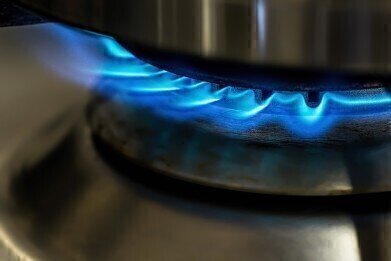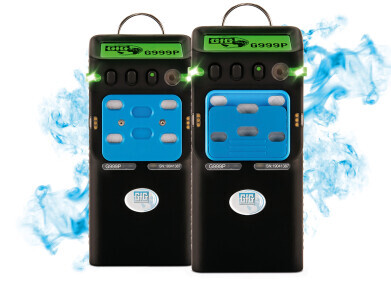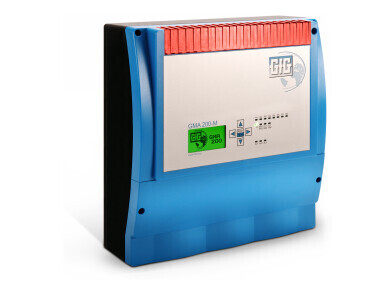Safety
Is LPG Safe?
May 01 2019
Liquefied petroleum gas, better known as LPG, is a modern alternative to traditional forms of fuel. Primarily comprised of butane and propane or a mixture of the two, LPG is a by-product of natural gas fractionation or crude oil refinement. In years gone by, those involved in either of the aforementioned processes did not recognise LPG’s potential, and as such, it was traditionally burned off and wasted.
However, the low-carbon advantages and versatility of LPG are now more fully appreciated, meaning it is often used in a wide variety of applications, including as a substitute for traditional cooking, heating and automotive fuels. Although it does still release carbon monoxide into the atmosphere during combustion, it burns more cleanly and efficiently than fuels such as wood or coal, making it an attractive alternative.
How is LPG produced?
The term “liquid gas” might seem like something of an oxymoron, but the phrase accurately describes a colourless gas which transforms into liquid when exposed to low temperatures or high pressures. Because of these properties, it is able to be stored in vehicular tanks or cooking implements and used as a fuel source.
It is created when natural gas liquids are processed or when crude oil is refined. Fuel grade LPG is often a mixture of butane and propane along with other smaller concentrations of chemicals, such as ethane and pentane. When handled appropriated, LPG is a completely safe alternative to other forms of home and transport fuel, but it should always be remembered that like all forms of energy, LPG has the potential to cause accidents and explosions.
The dangers of LPG
Given that it is a flammable fuel, some of the most common consequences of mishandling LPG are fire and explosion, which can not only cause severe damage to the surrounding equipment and infrastructure, but also jeopardise human life. It’s therefore imperative to store and transport LPG according to best practices at every stage of the production, distribution and consumption cycle.
It’s also important to remember that depending on the various properties and chemicals contained within LPG, it should be handled differently, which is why overcoming challenges in LPG analysis is such a critical concern for anyone handling it on a regular basis. As well as the aforementioned chemicals, LPG can also often contain carbon, chloride, nitrogen or sulphur in various concentrations, affecting the way in which it should be treated.
Applications of LPG
That being said, there is no reason why LPG can not be used as a safe, reliable and efficient alternative to traditional forms of fuel for heating, cooking and vehicular transportation. This latter industry has seen a particular boom in popularity over recent years, with drivers capable of installing a second tank on their car to incorporate LPG into its fuel portfolio.
LPG is attractive in comparison to traditional forms of vehicle fuel because of its reduced carbon emissions, smaller price tag and quieter performance. However, given that the industry is still a burgeoning one, it is not as widespread a fuel source as petrol or diesel, with recent figures demonstrating that less than a sixth (1,400 of 8,500) refuelling stations across the UK offer LPG to their clientele.
Digital Edition
PIN 25.1 Feb/March
March 2024
In This Edition Safety - The technology behind the ION Science Tiger XT - Safety with ammonia and LOHCs as hydrogen carriers Analytical Instrumentation - Discussion on new tribology te...
View all digital editions
Events
Apr 28 2024 Montreal, Quebec, Canada
Apr 30 2024 Birmingham, UK
May 03 2024 Seoul, South Korea
May 05 2024 Seville, Spain
May 06 2024 Riyadh, Saudi Arabia


.jpg)















